In an age when almost every car boasted rear-wheel drive, American Motors Corporation offered something different.
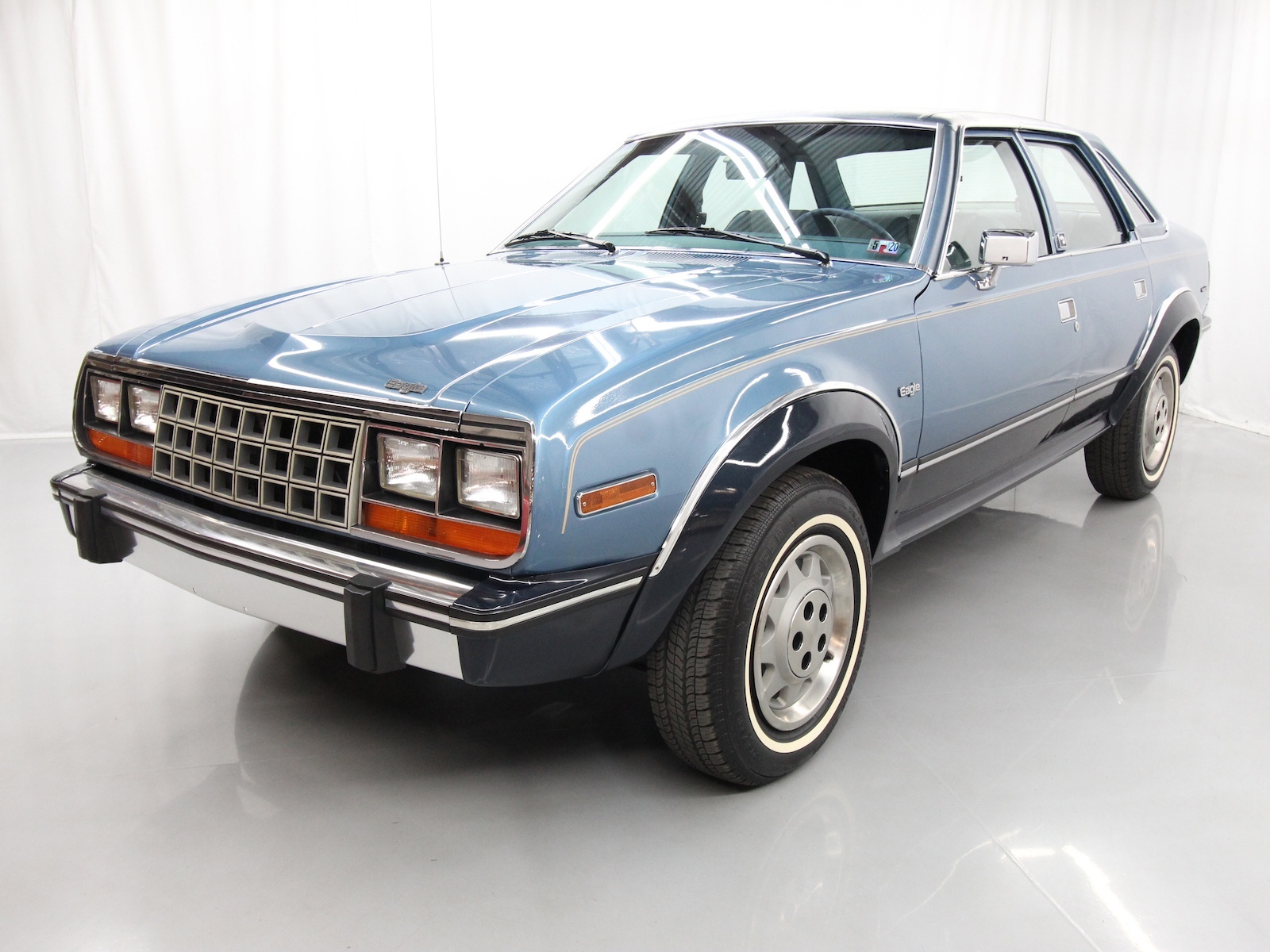
1985 AMC Eagle, the first mass-produced American car with four-wheel drive. Photo credit: RM Sothebys
Its December 14, 1987 in Brampton, Ontario, a typically chilly day in the Canadian city. But the cold is greater inside American Motor Corporation’s Brampton Assembly Plant, where an AMC Eagle station wagon rolls off the assembly line, the final gasp of what once a thriving field of independent automakers.
But the die had been cast the year before, when Chrysler Corporation arranged to buy AMC for $1.5 billion. Chrysler agreed to buy the 46% of American Motors Corporation (AMC) held by Renault, which had bought into AMC in 1979. The move came as Renault was hit with huge losses in Europe following the assassination of Renault boss Georges Besse. And AMC had done little to contribute to corporate coffers, having lost $91.3 million the year before.
Chrysler Chairman Lee Iacocca coveted AMC’s highly profitable Jeep brand, its modern assembly plant in Bramalea, Ontario, its upcoming Renault-designed midsize sedan and AMC’s 1,400 dealers. What he didn’t covet was AMC’s long-in-the-tooth car lineup.
And so, this week in 1987, the last AMC-designed car is built, marking the end of a company that had come together in 1954 with the merger of Nash and Hudson, the same year Studebaker and Packard also combined. Both companies looking to survive the combined marketing might of the Big Three. And it worked – for a time.
Profits dry up
The genesis of AMC’s Eagle line has its roots in 1970.
When AMC was formed, it had offered the Rambler, a smaller economy car at a time when Detroit’s Big Three didn’t have any. AMC always zigged when other automakers zagged. That changed in the 1960s as the Big Three offered their own compacts. AMC responded by trying to match the growing lineup offered by their Detroit competitors. But AMC lacked the size to effectively compete, and returned to what had initially proven successful: offering sensible small cars. So AMC launched the subcompact Gremlin and compact Hornet in 1970 after having recently acquired Jeep from Kaiser Motors. And for a while it worked.
But AMC decided to invest heavily in its upcoming subcompact, the Pacer, as well as a new Matador, a personal luxury coupe that competed in one of the hottest market segments of the 1970s. But investing in those vehicles diverted money needed to keep its most popular models, the Gremlin and Hornet, up-to-date. AMC did the best they could with the cash on hand.
And so, for 1978, the Hornet sedan and wagon were given the Gremlin’s front end and renamed the AMC Concord. The following year, the Gremlin was redesigned and renamed the Spirit.
But the company was foundering. Dividends had stopped in 1974. In February 1977, American Motors had lost $73.8 million in the past two fiscal years. The company was making money with Jeep, and losing money on its cars. This had led AMC to agree to distribute Renaults through its dealer network in exchange for a cash infusion.
Against this backdrop, the company had to field something fresh until new Renaults could roll off AMC’s Kenosha, Wisconsin assembly line.
A unique selling proposition

The 1980 AMC Eagle was also offered as a station wagon and a sedan, both of which were also derived from the Concord and Hornet.
With chief engineer Roy Lunn’s supervision, their first attempt was outfitting an AMC Concord with a Jeep 4×4 drivetrain. The wheel wells were widened to make place for larger tires, and the body was raised by four inches to create room for a transfer case. The combination reportedly caused then-chairman Gerry Meyers to exclaim, “What the hell is that?”
But the idea had been set in motion. The Concord’s double-wishbone front suspension was fitted with front half-shafts. AMC’s 4.2-liter inline six-cylinder engine and 3-speed automatic transmission sent 110 horsepower and 210 pound-feet of torque to a Dana 30 differential up front and a Dana 35 differential in the rear. Quadra-Trac four-wheel drive and 15-inch wheels were specified. Air conditioning, rear window defroster, halogen headlamps, an AM/FM stereo and an adjustable steering wheel were among the options.
For 1980, AMC would introduce its AMC Eagle line, based on the AMC Concord sedan, wagon and coupe. So, while it looked familiar, its capabilities were not.
A huge hit – for a time
In an era when nearly every car had rear-wheel drive, the four-wheel-drive AMC Eagle proved to be a huge hit. In fact, there was a six-month wait to get one. It proved popular enough that Pacer production was ended to free up capacity for the Eagle. AMC’s only competition at the time? Subaru.
“The car is such a smash hit that we can’t help but wonder how successful it might have been with yeastier, more contemporary styling and the clout of General Motors behind it,” wrote David E. Davis Jr. in Car & Driver at the time. “It is quiet and stable at 75. It drives better than most American sedans at any price, and it offers the manifold advantages of full-time four-wheel drive combined with independent suspension in a true family car. If it suffers any liabilities at all — beyond its somewhat dated styling — they would be lack of power, some fuel-consumption penalty for the Quadra-Trac system, smaller interior dimensions than most recently introduced compacts, and typical American seats. Otherwise, it’s an absolute charmer.”
For 1981, the Eagle lineup expanded with the introduction of the SX/4 and Kammback based on the AMC Spirit and using the Concord’s 4.2-liter six rated at 100 horsepower.
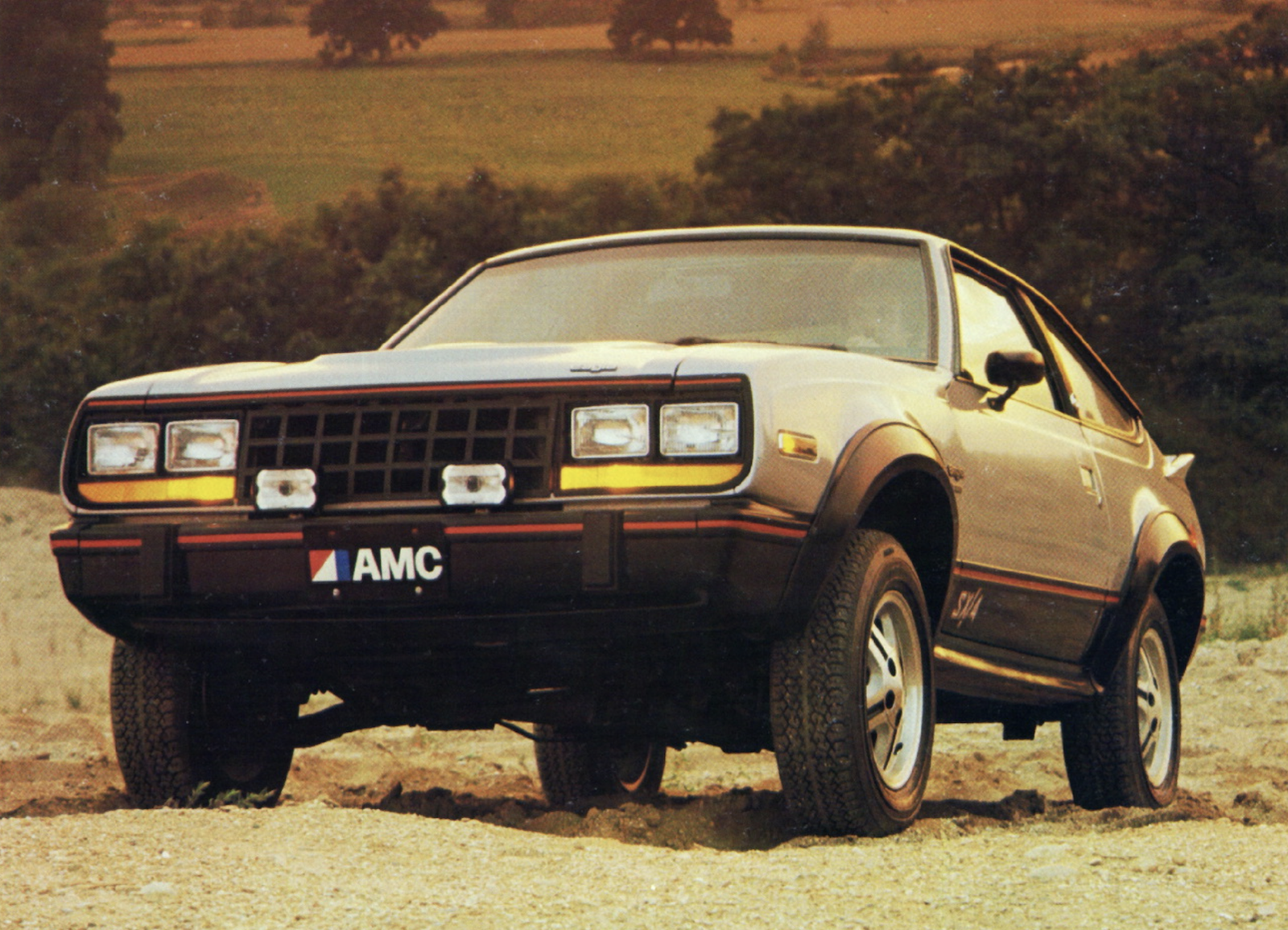
The 1981 AMC Eagle SX4 was a new addition to Eagle line, with genetics traced to the AMC Spirit and Gremlin.
But sales tapered off as the models continued to be sold with few changes. By 1984, only the sedan and wagon were left as AMC funds were put towards the Renault-designed AMC Alliance and Encore. When Chrysler agreed to buy AMC in 1987, the sedan was dropped leaving only the wagon.
Once the Eagle ended production, its name was used for the newly-created Jeep-Eagle division of Chrysler. The Eagle name would become a car brand for a Renault sedan and a hodgepodge of rebadged Mitsubishis. It survived through 1998.
Despite being born at a time of corporate financial distress, many have a fondness for the AMC Eagle, a car that successfully introduced four-wheel-drive cars to Americans. Yes, others had gotten there first, but none as successfully as AMC.
“This is the first time we’ve been so unanimously impressed with an American Motors product,” Davis wrote, “and we’re all a little bemused by our own enthusiasm.”

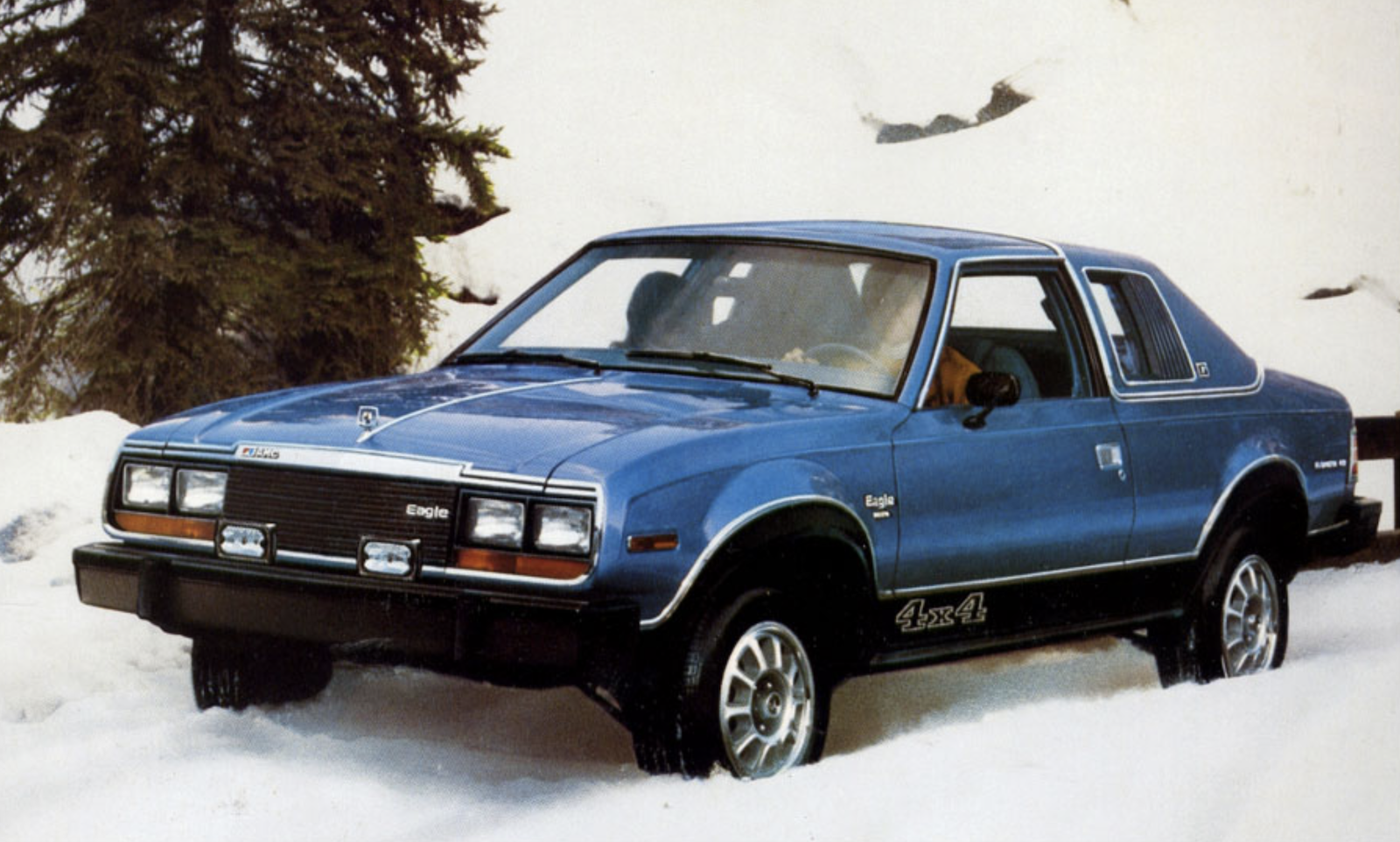
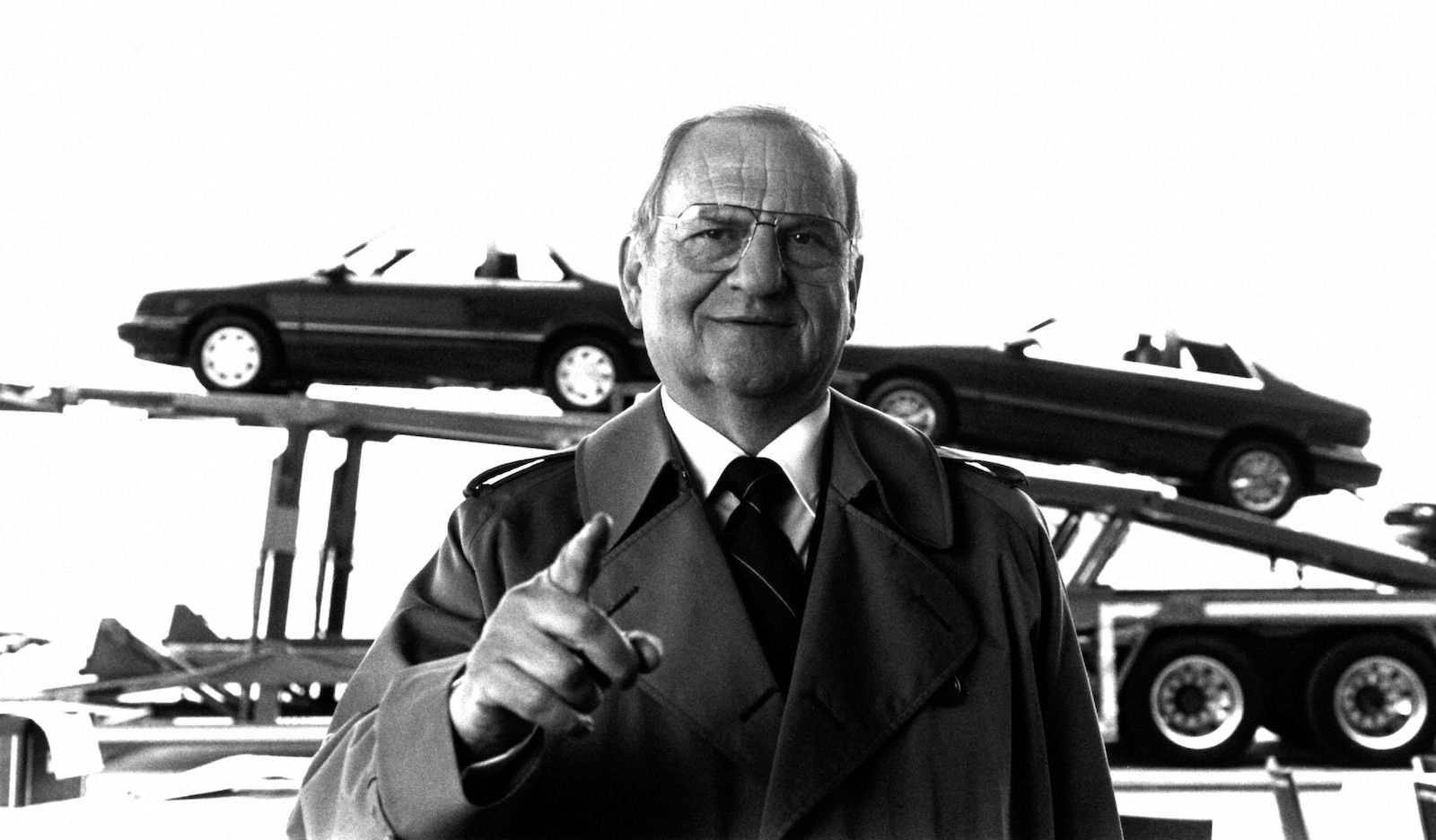

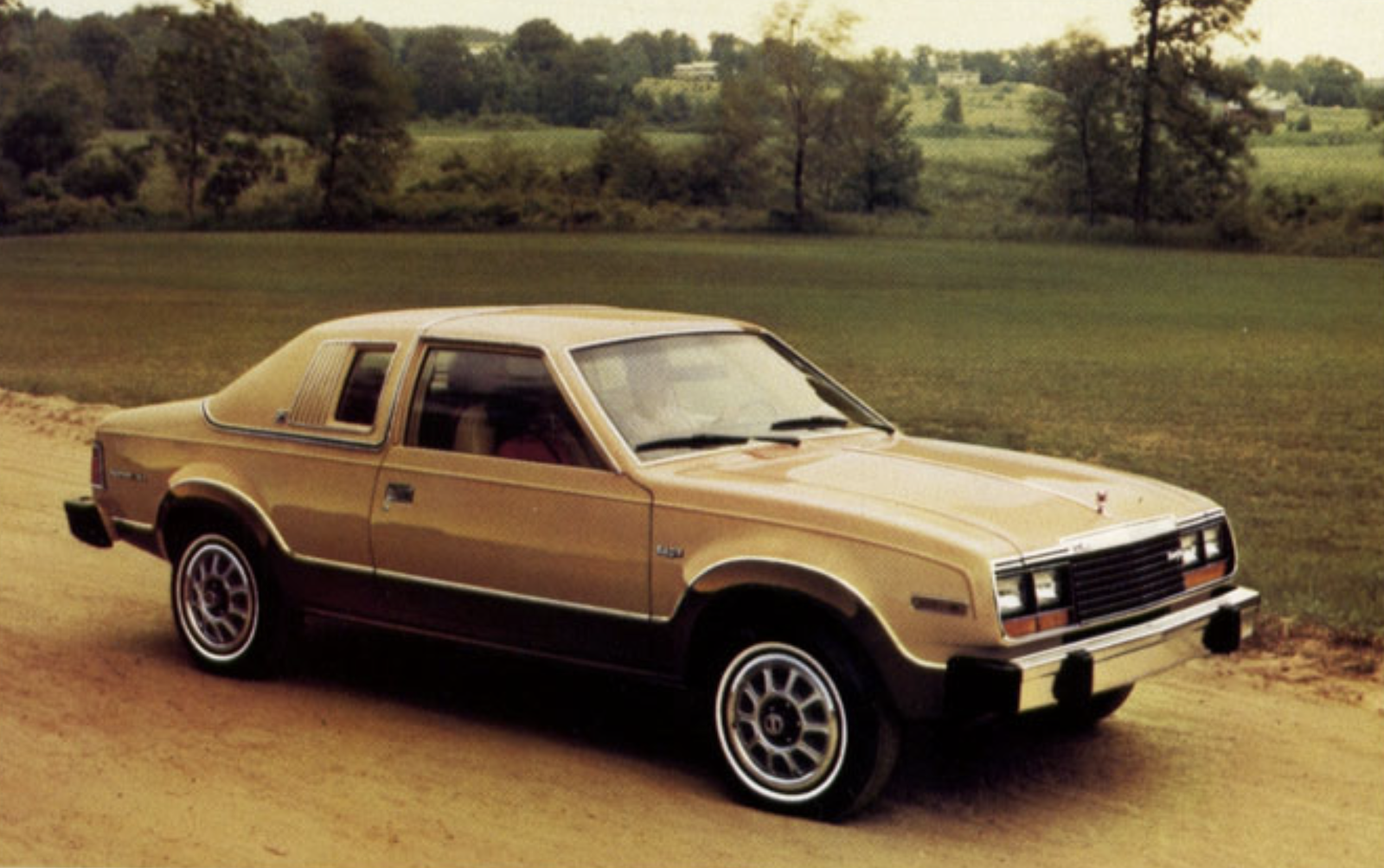
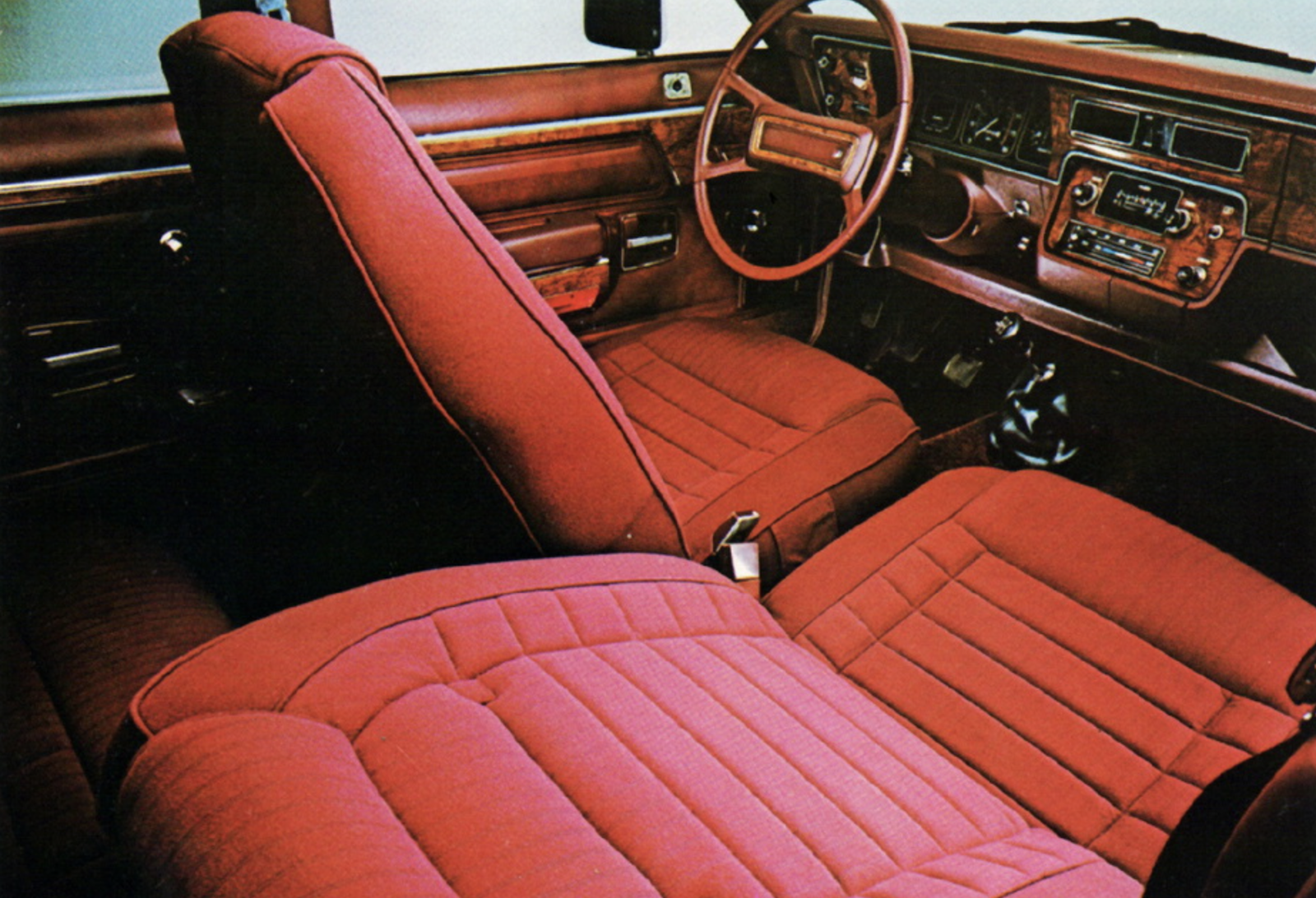
0 Comments